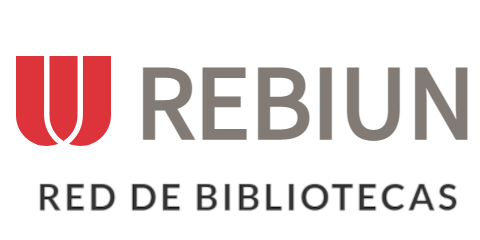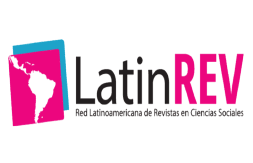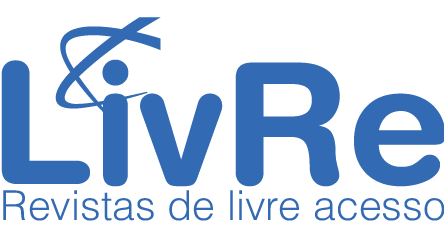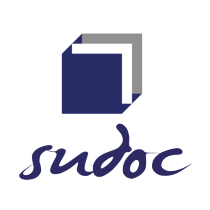Impact of Game-based learning on oral production into the English as a Foreign Language (EFL) classroom in second graders
DOI:
https://doi.org/10.69639/arandu.v12i3.1508Palabras clave:
method, game, learning, proficiency, motivationResumen
This research aims to determine whether Game-Based Learning (GBL) improves the English language proficiency of students in the realms of vocabulary, fluency, and accuracy. An experimental design was employed, featuring two groups of second-grade students within a trilingual (Spanish, English, French) school located in Machala, Ecuador. Group A engaged in English lessons delivered through Game-Based Learning methodologies, while Group B received conventional instruction. The pedagogical repertoire of Group A included games such as "Snakes and Ladders," "Twister," and "Killing Flies." Pre- and post-tests were administered to measure linguistic competence, and student surveys and teacher observations were utilized to gather additional data during the implementation. The findings suggest that Game-Based Learning is an effective approach to improving the linguistic skills of young learners. A statistically significant divergence was observed between the two cohorts. Notably, Group A exhibited a marked enhancement, particularly in fluency and vocabulary, where the students manifested an improvement rate of +6.8% and +2.7% respectively, when contrasting with the outcomes witnessed in Group B, Game-Based Learning represents a significant pedagogical approach in the teaching of the English language, warranting further academic research into its effectiveness and optimal implementation in diverse elementary educational settings.
Descargas
Citas
Adipat, S., Laksana, K., Busayanon, K., Asawasowan, A., & Adipat, B. (2021). Engaging Students in the Learning Process with Game-Based Learning: The Fundamental Concepts. International Journal of Technology in Education, 4(3), 542–552. https://www.ijlter.org/index.php/ijlter/article/view/2123/pdf
Ahmed, A., Segarawati, E., Komariah, A., Hassan, I., Thahir, I., Hussein, M., Faisal, A. & Zafarani, P. (2022). Investigating the Effect of Using Game-Based Learning on EFL Learners’ Motivation and Anxiety. https://doi.org/10.1155/2022/6503139
Alotaibi M. (2024). Game-based learning in early childhood education: a systematic review and meta-analysis. Front. Psychol. 15:1307881. doi: 10.3389/fpsyg.2024.1307881
Billups, F.D. (2019) Qualitative Data Collection Tools: Design, Development, and Applications (Qualitative Research Methods).
Chenxu, Z. (2022) The Advantages and Disadvantages of Learning a Second Language Early.
Creswell, J. (2013). Research Design: Qualitative, Quantitative and Mixed Methods Approaches 4th Ed. SAGE Publications, Inc.
Council of Europe. (2001). Common European Framework of Reference for Languages: Learning, Teaching, Assessment. https://rm.coe.int/1680459f97
Delgado, A. (2022). “Don’t stop speaking”: Using Game-Based Learning to promote fluency in the EFL classroom [Tesis de Maestría]. Facultad de Filosofía y Letras, Universidad de Valladolid.
De Loache, J. (1987) Rapid Change in the Symbolic Functioning of Very Young Children. https://www.science.org/doi/10.1126/science.2446392
De Vaus, D. (2001). Research Design in Social Research. Thousand Oaks: Sage Publications, pp. 1–296.
Idris, M., Said, N., & Tan, K. (2020). Game-Based Learning Platform and its Effects on Present Tense Mastery: Evidence from an ESL Classroom. International Journal of Learning, Teaching and Educational Research, 19(5)
Kober S., Wood G., Kiili K., Moeller K. & Ninaus M. (2020) Game-Based Learning environments affect frontal brain activity. PLoS ONE 15(11): e0242573. https://doi.org/10.1371/journal.pone.0242573
Kucher, T. (2021). Principles and Best Practices of Designing Digital Game-Based Learning Environments. International Journal of Technology in Education and Science, 5(2), 213–223. https://doi.org/10.46328/ijtes.190
Publicado
Cómo citar
Número
Sección
Licencia
Derechos de autor 2025 Viviana Lisbeth García Macías , Martha Amelia Castillo Noriega

Esta obra está bajo una licencia internacional Creative Commons Atribución 4.0.





















